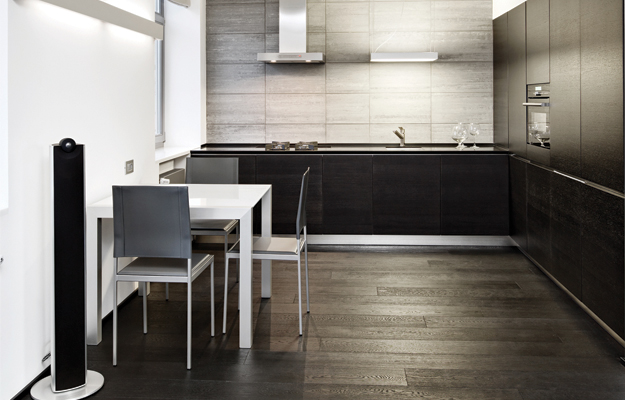
Avoid the Classic Trap of Enthusiasm
Don't get us wrong; enthusiasm has its place. It probably helped build some of the Seven Wonders of the World. But, it can also lead to the tragic end of short-lived projects. At the start of any de-cluttering process, it's always tempting to try and tackle the problem all at once. But, de-cluttering your kitchen is a task that is better managed in stages, especially if you lead a busy life. Divide your kitchen into zones and plan to organize one area every day until the project is done. Nobody likes a fire in the kitchen, and you definitely don't want to burn yourself out!
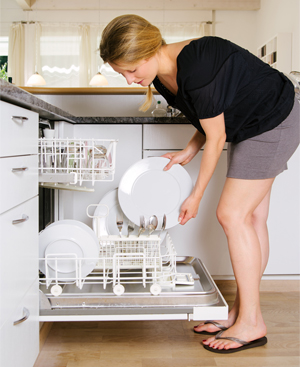
Scrub a Dub-Dub!
Before you even begin organizing, clean up. Wipe down the counters, empty the dishwasher and make sure there aren't any dishes in the sink. You want to make sure that you're playing with a full deck and that everything is in its place before you start reorganizing.
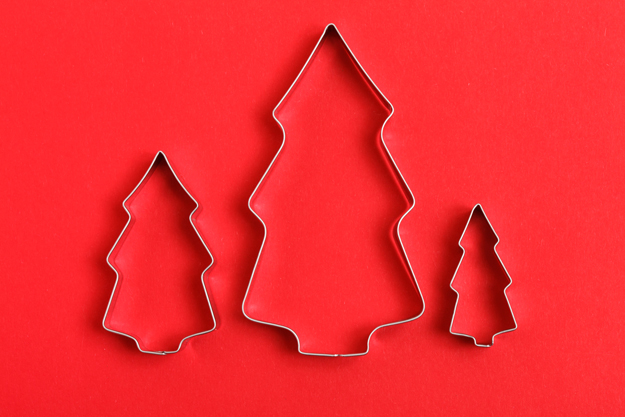
Break Out the Boxes
Now that you're ready to venture into the depths of those overfilled cabinets, keep your secret weapon in your artillery: boxes. Label the first box “thrift shop,” the second “relocate,” the third “basement,” and another “holiday.” Anything that is broken, has missing parts or is unused should go into the “thrift shop” box. Anything that needs to go to a different part of the house, like scattered books or mail left on the counter, should go in the “relocate” box. If you're on the fence about donating something, put it in the “basement” box. Wait a year and see if you've opened the box to retrieve any of its contents. If you haven't, donate it without a second glance. Lastly, all of your holiday kitchen supplies, such as themed cookie-cutters, should go in the “Holiday” box and stored outside of the kitchen.
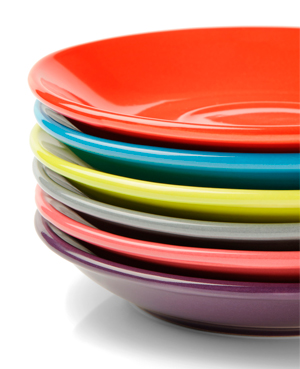
Keep a Cool Head
Without getting sentimental, evaluate each and every kitchen item. Consider how frequently you use it, what kind of state it's in, and how many other ones you have. Do you really use all 15 of your plates, or just a few of them? Adjust the numbers to realistically fit your lifestyle and push yourself to let go of anything that isn't helpful to you anymore. During this process, keep track of what you use on a daily basis so you can cut your kitchen down to the essentials.
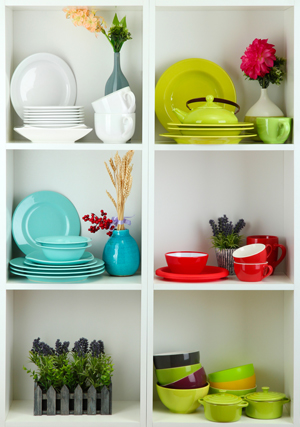
Get Creative with Storage
Play around with the space available in your kitchen. You'll be surprised by how much room you can make just by turning a pan so it's at a different angle or stacking things differently. Over-the-door hangers are great for collecting recipes if you have a pantry. Also, take some advice from real estate agents who say that location is everything! The items that you use less frequently should be placed in less accessible places, like the top cabinets or top shelves. Plates and dishes that you use on a regular basis should be conveniently located near the dishwasher or sink to make clean-up less complicated. Little changes like these can make all the difference in the world when trying to maintain an organized kitchen and a hectic schedule!


